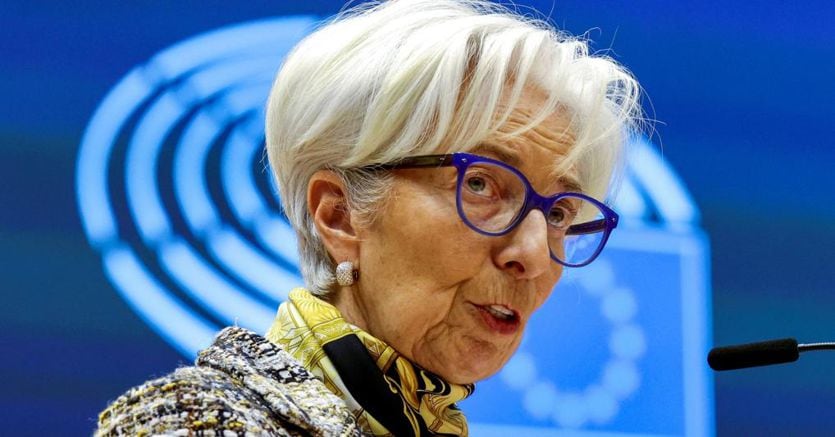Nothing will change, and everything will change. The June meeting of the ECB’s governing council, along with probably the September one, could really mark the beginning of a new, not easy, phase in monetary policy.
Monetary maneuver confirmed
In reality, no news is expected in the short term: the orientation of the central bank and its monetary measures are destined to accompany the recovery that is now seen to be robust, between the end of confinements and the beginning of the effects of vaccines. However, the new macroeconomic forecasts and what will emerge from the internal debate could bring about the end of the pandemic program currently expected in March 2022.
Loading…
Inflation or relative prices?
The turning point was the inflation data. Predictable and predicted, by the ECB itself: the leap in the growth of the index up to 2% will accompany Euroland at least until the end of the year, but it cannot be said that Euroland has reached the target. Not only and not so much because inflation is expected to decline in the next few years, but above all because it is not a generalized increase in prices: only a few – very important, or very volatile, or both – raise the index. This is a classic change in relative prices: intervening with monetary policy would be a serious mistake.
The knot of expectations
Rather, the ECB will have to avoid two things: that the increase in some prices – those of energy, for example, which also start from low levels – could slow down the recovery (and in this case, perhaps counterintuitively, it should maintain expansionary monetary policy ) and, above all, it will have to prevent such important rises from changing expectations. The risk is there. When in September 2018 the then president Mario Draghi introduced the second plan of purchases of securities (quantitative easing, O oxen), expectations – measured by 5y5y inflation rate swaps – fluctuated dangerously around 1.1% and there was a risk that they would anchor between 1 and 1.5% too low to guarantee the economy of Euroland a stable and not bumpy path. Today those same expectations have returned, thanks to the post-pandemic evolution of activities and prices, to 1.7%. Under different circumstances, that second oxen it wouldn’t make sense anymore.
Tensions between hawks and doves
The rise in expectations is not only not worrying but, at 1.7%, it is even insufficient. It is no secret, however, that, in the ECB, there are different sensitivities regarding the trend of inflation and, even more, expectations. It is not even a secret that the current president Christine Lagarde, of political origin, has built her mandate by distancing herself from the Draghi era and giving the “hawks” – regardless of the concrete conditions of the economy – the guarantee that their point view will be taken into account. Any possible sign of internal tension, and any hint of a possible reduction in purchases, will therefore be interpreted in this context at the June meeting.
